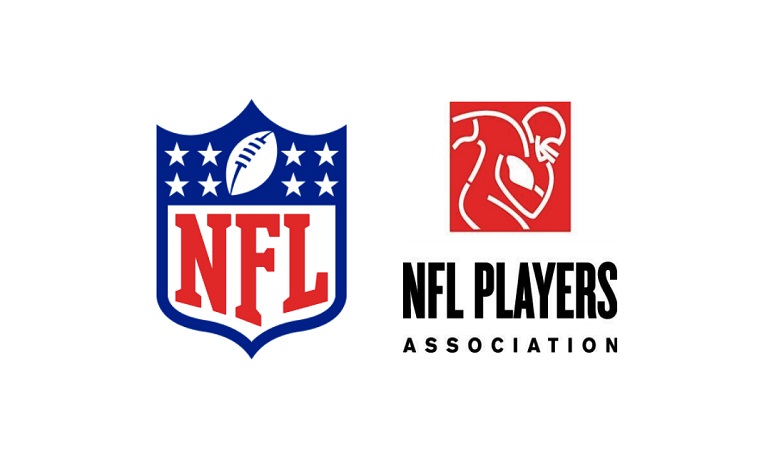Were it not for the Covid-19 pandemic, the 2021 salary cap would have probably been at around $205-10 million per team. And it would have set up for a dramatic uptick for 2022 in the ballpark of around $225-30 million, as well.
But the pandemic did happen, and the fans weren’t in the seats, and as a result of that, the salary cap took a substantial step backward, dropping roughly $15 million from where it was even a year ago, at $182.5 million.
It was recently announced that, in light of new television contracts and plans for full-capacity stadiums, the NFL and NFLPA agreed to set a cap ceiling (not a cap floor) of $208.2 million. You’ve probably read this a couple of days ago. Perhaps it struck you as odd that they would set a ceiling on the number. You might think it’s the owners being owners and wanting to keep that money in their pockets. It’s not that; at least, it’s not just that.
It’s also about the players being able to pay back debts that they now owe in benefits that was included in the negotiations with the league last year to get the cap to where it is even now. The league wanted to put player salaries in escrow, but the union fought to get their players paid in full, and that resulted in each team taking on $17 million in debt tied to player benefits.
NFLPA leadership sent this email to players today, explaining the $208.2 million salary cap ceiling for 2022.
Translation: The goal is get players out of “debt” ASAP after they received full salaries amidst a multibillion-dollar revenue shortfall in 2020, then let the cap soar. pic.twitter.com/e2iob9oigW
— Tom Pelissero (@TomPelissero) May 26, 2021
It is conceivable that the practical salary cap number for 2022 will come in higher than $208.2 million. But if it does, the excess won’t go into the cap, but rather will go into paying back this $17 million per team debt. The payback was intended to begin in 2023, but they could get a jumpstart in this way.
Of course, that all assumes that everything goes great this offseason and gives them every revenue stream possible. We can’t say for certain that the salary cap will even reach the number that they set for the ceiling, let alone theoretically surpass it.
But then again, the NFL’s new television contracts are expected to bring in an additional $10 billion in revenue per year. That’s more than $300 million per team per year over the course of the next decade. And there is an entire extra week of regular season football to be accounted for.
In other words, it certainly wouldn’t be surprising if we do see that salary cap both hit and exceed its ceiling a year from now. But just know where that excess would be going. The sooner that is paid back, the sooner both parties can get past the economic effects of the pandemic on the game.








